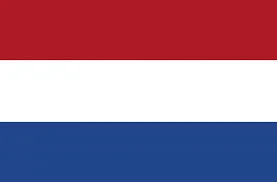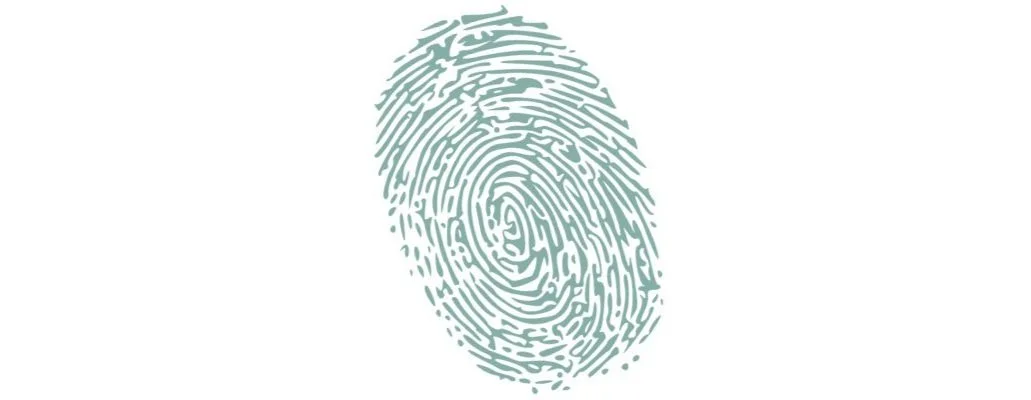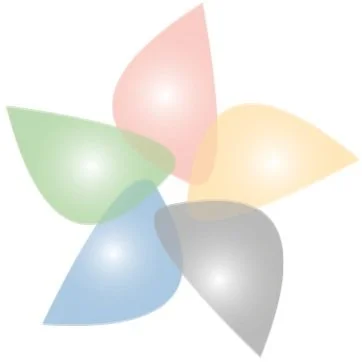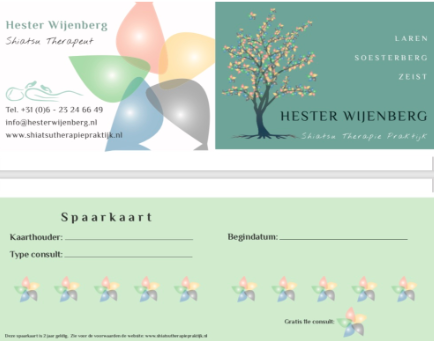Shiatsu
What is Shiatsu?
Zen Shiatsu is a manual therapy based on meridians. Pressure is exerted via the thumbs and hands, and streches are performed. Shi-atsu means finger-pressure. Its principles are based on the human being as a whole and the unity of mind, body and spirit. It has been practiced for centuries in Japan and its roots lie in the millennia old tradition of Tao and in the Traditional Chinese Medicine (TCM).
Meridians are canals that flow through our whole body and that transport energy. The flow of energy can be blocked or can get out of balance under influence of different factors. Shiatsu is aimed at letting the energy flow freely again, within the given possibilities. The basis for this is awareness and the power of self-healing ability.

Who?
My name is Hester Wijenberg. I am married and mother of three daughters. Our joint efforts and search as human beings fascinate me. The beauty of Shiatsu is that it can assist in raising awareness, finding one’s own balance, and supports the physical, mental and spiritual self.
Shiatsu Therapy Practice Hester Wijenberg has been accredited by several professional associations.
Why Shiatsu?
Shiatsu stimulates vitality, supports physical health and contributes to mental well-being. It is a pleasant way of taking care of oneself. Health amounts to more than the absence of illness. This offers a broader view on health and the cause of disease. It also offers a vision on nutrition, exercise, daily routine and lifestyle.
When can Shiatsu help?
Tiredness and low resistance
Neck-pain and headache
Muscle and joint pain
Shoulder and back pain
Menstruation and menopause
Burn-out and stress
Excessive thinking and worrying
Depression and fear
Tension, stress and sleeping disorders
Study and concentration problems
Lifestyle, nutrition and exercise
Body awareness
Inner awareness and silence

Is Shiatsu for everybody?
Shiatsu is for everyone, and its suitability ranges from the treatment of babies, children, adolescents, adults and the elderly to pregnant women. In some cases there may be a contra-indication for Shiatsu.
Which Treatment?
-

Shiatsu Therapy for complaints
Treatment of the Kyo (deficiency) and the Jitsu (excess) contributes to restoring balance. Health is more than the absence of disease. In this sense an awareness may develop, which offers some insight into the cause of symptoms or complaints. Herein lies the power of self healing.
-

Shiatsu Preventive Healthcare
In the centuries old tradition from which Shiatsu originates, Shiatsu was part of lifestyle and deployed as a preventive instrument. The aim being to grow as old as possible as healthy as possible. Becoming aware of a potential imbalance in mind and body contributes to preventing disease.
-

Children, adolescents & young adults
Shiatsu fosters body awareness and supports development. It can help when there are concentration- and learning problems, tiredness, fear, anger, dejection, dyslexia, adhd, burn-out and stress in youngsters. It helps getting in touch with ones own body.
Complementary Healthcare
Shiatsu is a part of complementary healthcare. It is of added value and contributes to everyday health and the sense of well-being. Shiatsu treatment however is not meant to replace a visit to the doctor. If necessary you will be forwarded to another therapist, general practitioner, or a medical specialist.
Japanese Techniques
Acupuncture
Japanese needles are much thinner than Chinese needles and minimally pass through the skin.
Moxa
Moxa is dried mugwort. Heated, it has intense infrared radiation, warmth and works deeply and therapeutically.
Cupping
Here cups to create a vacuum on the skin. This helps stimulate the blood flow and the flow of energy.
How does a treatment go?
During a session you will lie on either a futon or a treatment table. Comfortable, loose clothing with long sleeves and long pants made of natural materials, and clean warm socks are recommended. Currently you are also requested to take your own (recently washed) small towel, big bathing towel and blanket with you.
In the first session we assess the reason why you are coming in for Shiatsu. I’ll also be looking at the tongue, feeling the pulse and stomach (Hara) on the basis of the Five Elements from which this logo has been derived.
Of course it is always possible that the treatment does not catch on, or that there might be other reasons for not wanting to go on. Then we will look for another, more suitable alternative.

Fees | Adults
Initial assessment
(c.a. 90 minutes) €99
Shiatsu Therapy treatment
(c.a. 60 minutes) €75
Focusing Training
Focusing Session
(c.a. 60 minutes) €95
Where?
Laren:
Wednesday and Friday
Zeist:
Thursday
Soesterberg:
Tuesday
You can always text, call, mail, or send me a Whatsapp message.
Insurance / Compensation?
If you have taken supplementary insurance alongside your basic health insurance the Shiatsu treatment will usually be partially reimbursed. Because Shiatsu treatments are reimbursed via the supplementary insurance they are reimbursed until your maximum compensation has been reached, without subtraction of the deductible excess that you have to pay when you use basic health care. A referral from a general practitioner is not necessary. Look here for the English list of insurance companies and their conditions.
Payment and invoice
After the session the payment takes place via a tikkie or otherwise a bankcard via pin (it does not work for credit cards). For the invoice your name, address, date of birth, name of the insurance company and your account and number is required. The invoice will be sent later by email, which you can then submit to the insurance company.
Savings card
It is possible to save for a free Shiatsu consultation. The savings card is free. After every session you receive a stamp. If you have 10 stamps the 11th session is for free. The paid invoices form the definite and final check as to which number of sessions have exactly taken place. For terms and conditions click here. (In Dutch).












